lateral rotators of shoulder
 Rotator Cuff Anatomy: Muscles, Function, and Pictures
Rotator Cuff Anatomy: Muscles, Function, and PicturesLoad of contents... Editors loading... Categories loading... When referring to evidence in academic writing, you should always try to refer to the primary (original) source. That is generally the article of the journal where the information was first declared. In most cases, the articles of Physiopedia are a secondary source and should not be used as references. Physiopedia articles are best used to find the original sources of information (see the list of references at the bottom of the article). If you believe that this Physiopedia article is the main source of the information you refer to, you can use the button below to access a related citation statement. Rotator CuffOriginal Editor - Florence Brachotte Original editor Top Contributors - , , and Top ContributorsContentsDescription The Rotator Cuff (RC) is a common name for the group of 4 different muscles and their tendons, which provide strength and stability during movement to the shoulder complex. They are also known as the SITS muscle, with reference to the first letter of their names (, , and , respectively). Muscles emerge from the escapula and connect to the head of the humerus, forming a fist around the glynohumeral joint (GH). Anatomy The muscles of the rotating cuff include: Origen in the escapula Insertion in humerus Primary function supraspinous fossa upper facet of greater tuberosity abduction infraspinous fossa medium facet of greater tuberosity exorotation (bilateral/external vote) lateral frontier of escapula lower facet of greater tuberosity exorotation (bilateral/external vote) subscapular fossa less tuberosity or wet neck endorotation (Medium/internal rotation) (bilateral/external vote) (bilateral/external vote) (Medium/internal rotation) Cranial to the rotating cuff, there is a bursa that covers and protects the muscle and tendons, as they are in close contact with the surrounding bones. Function RC muscles are used in a variety of superior extremity movements including bending, kidnapping, internal rotation and external rotation. They are essential players in almost all types of shoulder movement. Balanced strength and flexibility in each of the four muscles are vital to maintain the functioning of the entire shoulder belt. As a group, the muscles of the rotating cuff are responsible for stabilizing the shoulder joint, providing the "end-up" movements of the humerus head within the glenoiding pit. They are deeper muscles and are very active in the neuromuscular control of the shoulder complex during the upper extremity movements. They keep the head of the humerus within the small glenoid fossa of the escapula in order to expand the range of movement in the joint of GH and avoid mechanical obstruction (i.e. a possible biomechanical impingment during elevation). It is well documented that RC dysfunctions can lead to shoulder pain, impaired functional abilities and reduced quality of life. Injuries common to Rotator CuffRC are common injuries that can occur at any age. In younger subjects, most injuries occur secondary to trauma or arise from overuse due to general activities (e.g. volleyball, tennis, pitching). The incidence of lesions increases with age, however, some people with rotating cuff pathology may be asymptomatic. RC muscles can be victims of muscle degeneration, impingement and tear with advances in age. Bad biomechanics, such as posture dysfunctions (external strength of the GH in the glenoiding cavity, for example) can prematurely affect the quality of the RC muscles and tendons due to repetitive strains and tissue incroction. The most common injuries to the Rotator Cuff are often called: Common symptoms It is important to point out that the tears or injuries of RC are not always associated with the pain or loss of function reported by the patient. Furthermore, it is worth noting that asymptomatic patients may develop symptoms in a relatively short period of time. The most common signs of rotating cuff injuries are: PainPainful range of motion Muscle weakness Functional decreases These signs result mainly from the loss of superior stability of the glynohumeral joint due to the dysfunction of the muscles of the rotating cuff. Diagnosis of the pathologies of rotary wives The key elements for diagnosing the RC pathology are: HistoryDoctor exam It is important to differentiate the shoulder pain from different places of the shoulder, such as the neck (cervic or chest pain referred to) or elbow, and also pains of other structures on the shoulder, through anamnesis and physical examination. Pain is caused mainly by higher manoeuvres and the weakness of the shoulder muscles can occur. RC muscles cannot be seen in X-rays, but calcifications, arthritis or bone deformations - which are common causes for rotating cuff pathologies - can be visible. The most common imaging method to evaluate the pathologies of rotating cuffs is MRI. It can detect tears and inflammation and can help determine the size and character to establish an appropriate treatment protocol. Although, the RMN is the standard gold image method for the pathologies of rotating wives, the U.S. can be used as it has good diagnostic precision (level of evidence 2a), more profitable and easily available. Possible Confusion Factors: Factors such as age, chronicle and severity of muscle tendon unit disorders have been repeatedly associated with higher retaliation rates and more poor clinical outcomes. Possible co-morbidities: Strengthening of the recommendation: InconclusiveStrength of recommendation: Unconcluding Common Treatments for Pathologies Rotator Cuff Pain management Moderate forceStrengthening of recommendations: inconclusive. Inconclusive force Inconclusive treatmentsStrengthening of recommendations: inconclusive. Surgical repair for acute CRI tears To obtain anatomical healing, broken rotary tendons must be repaired. Surgical repair has shown moderate to excellent clinical results in most studies. However, it is necessary to improve surgical treatment for chronic and large tears of rotating fists, especially for older patients, who continue to demonstrate high rates of failure. For the irreparable tears of rotating wives, alternative treatments include: Recommended strength: limited. Recommendation strength: limited. Other useful linksResources References Sign up to receive the latest news from Physiopedia Our partners The content in Physiopedia or accessible is only for information purposes. Physiopedia is not a substitute for professional advice or expert medical services from a qualified health care provider. © Physiopedia 2021 Silence Physiopedia is a charity registered in the United Kingdom, no. 1173185
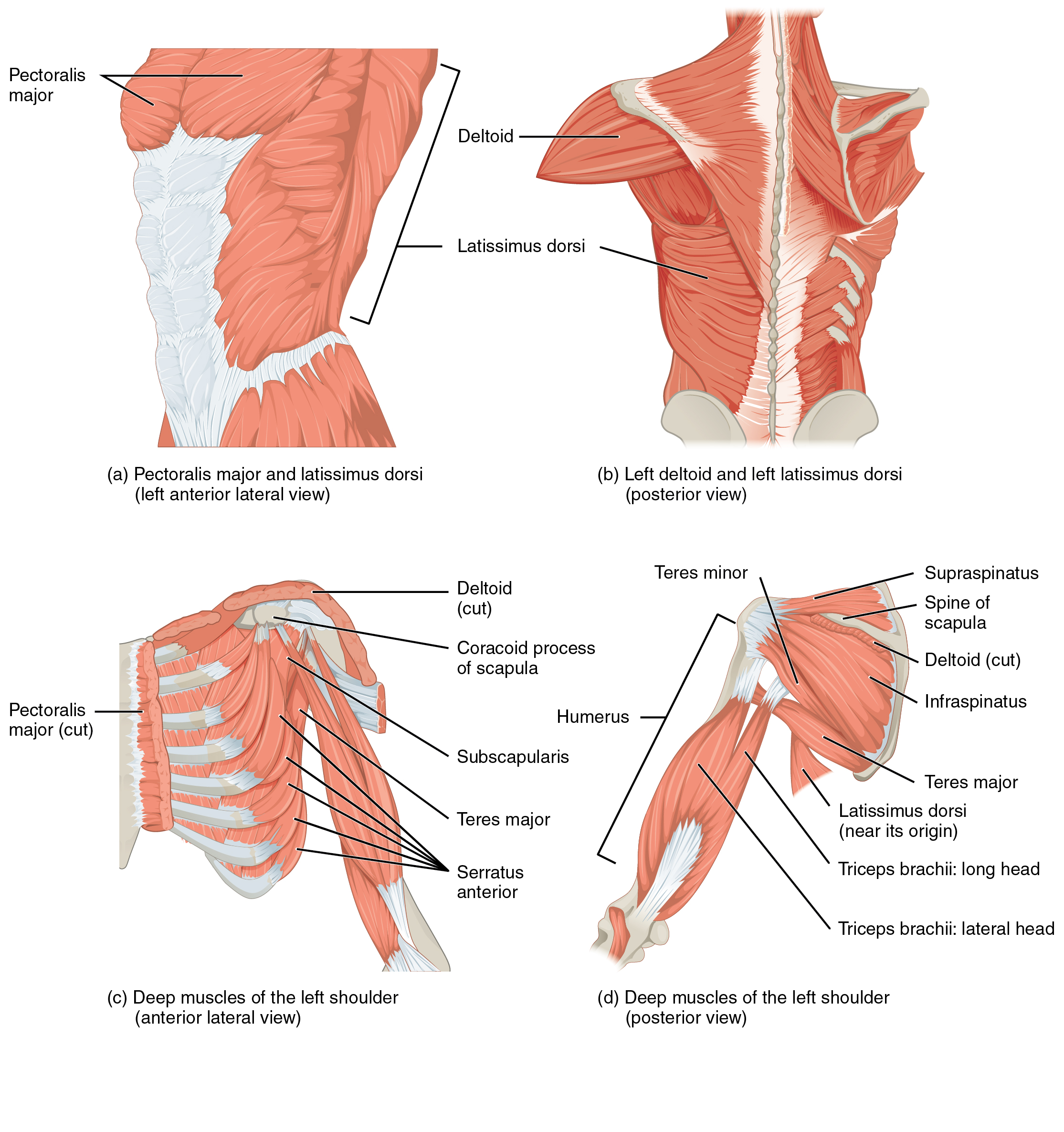
Shoulder External Rotation Muscles | Strengthen Shoulder Muscles
Stop Cranking on Your Shoulders for More Mobility - Tony Gentilcore
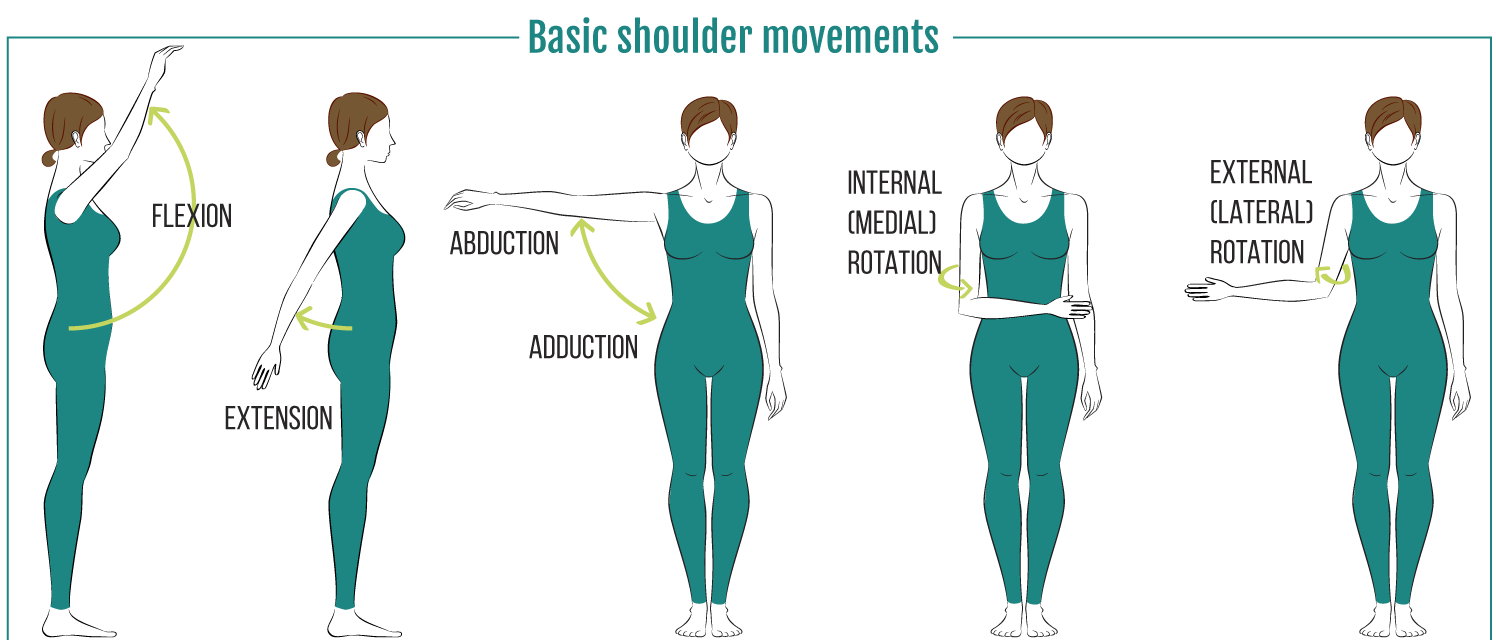
Shoulder Muscles : Attachment, Nerve Supply & Action - Anatomy Info
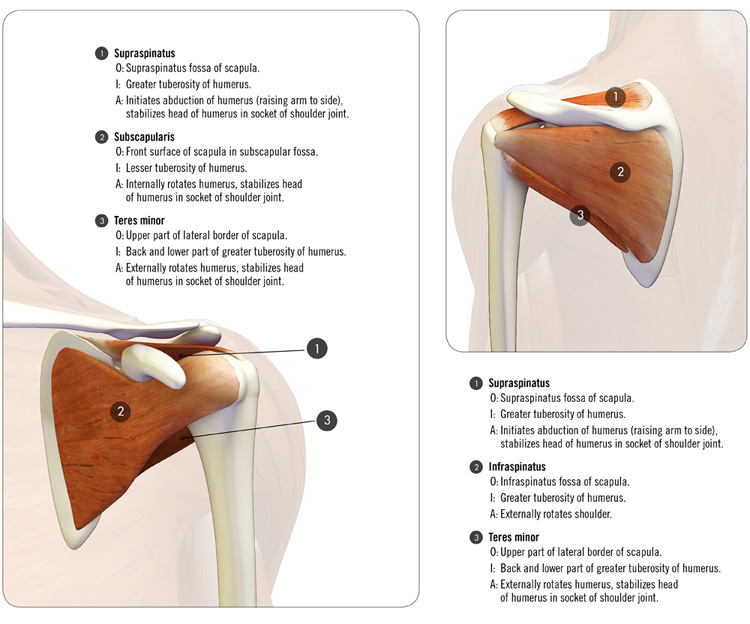
Shoulder Kinematics in Yoga
:max_bytes(150000):strip_icc()/the-rotator-cuff-2696385-FINAL1-474e476cc4554dbd97995610f4402577.png)
Rotator Cuff: Anatomy, Function, and Treatment
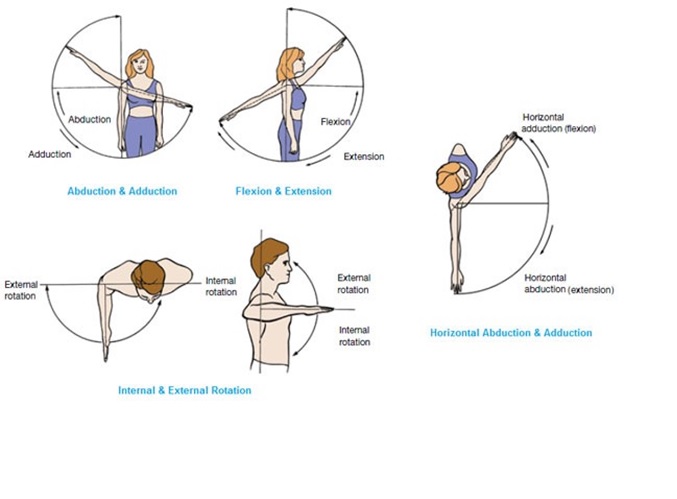
Muscles That Move the Arm
Shoulder Impingement/Rotator Cuff Tendinitis - OrthoInfo - AAOS

Chapter 10 Shoulder Joint Flashcards | Quizlet

Shoulder Complex – Kinematic Considerations | BEST Performance Group

Level 3 (70) Exercise and Fitness Knowledge: The shoulder joint - Amac Training

Shoulder Region Editing File Color Code Important Doctors Notes - ppt download
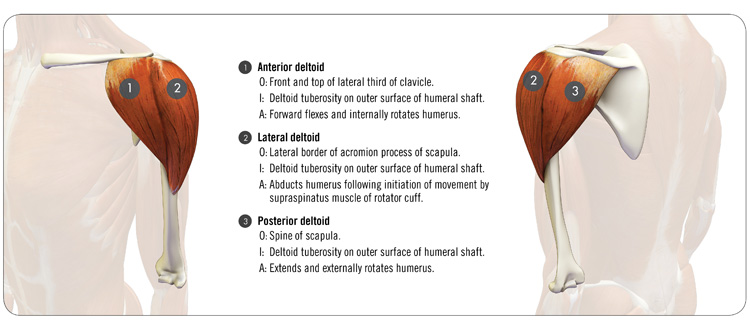
Shoulder Kinematics in Yoga

The Role of the Shoulder Girdle in the Golf Swing | Article | TPI

Rotator Cuff Injury - Orthopedics - Medbullets Step 2/3
The Rotator Cuff - Joint Preservation Center

Rotator cuff - Wikipedia
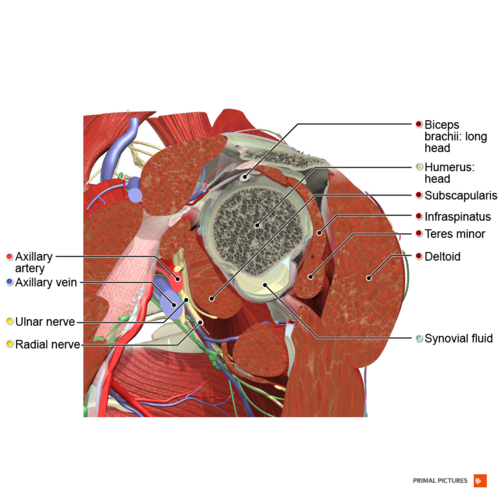
Rotator Cuff - Physiopedia
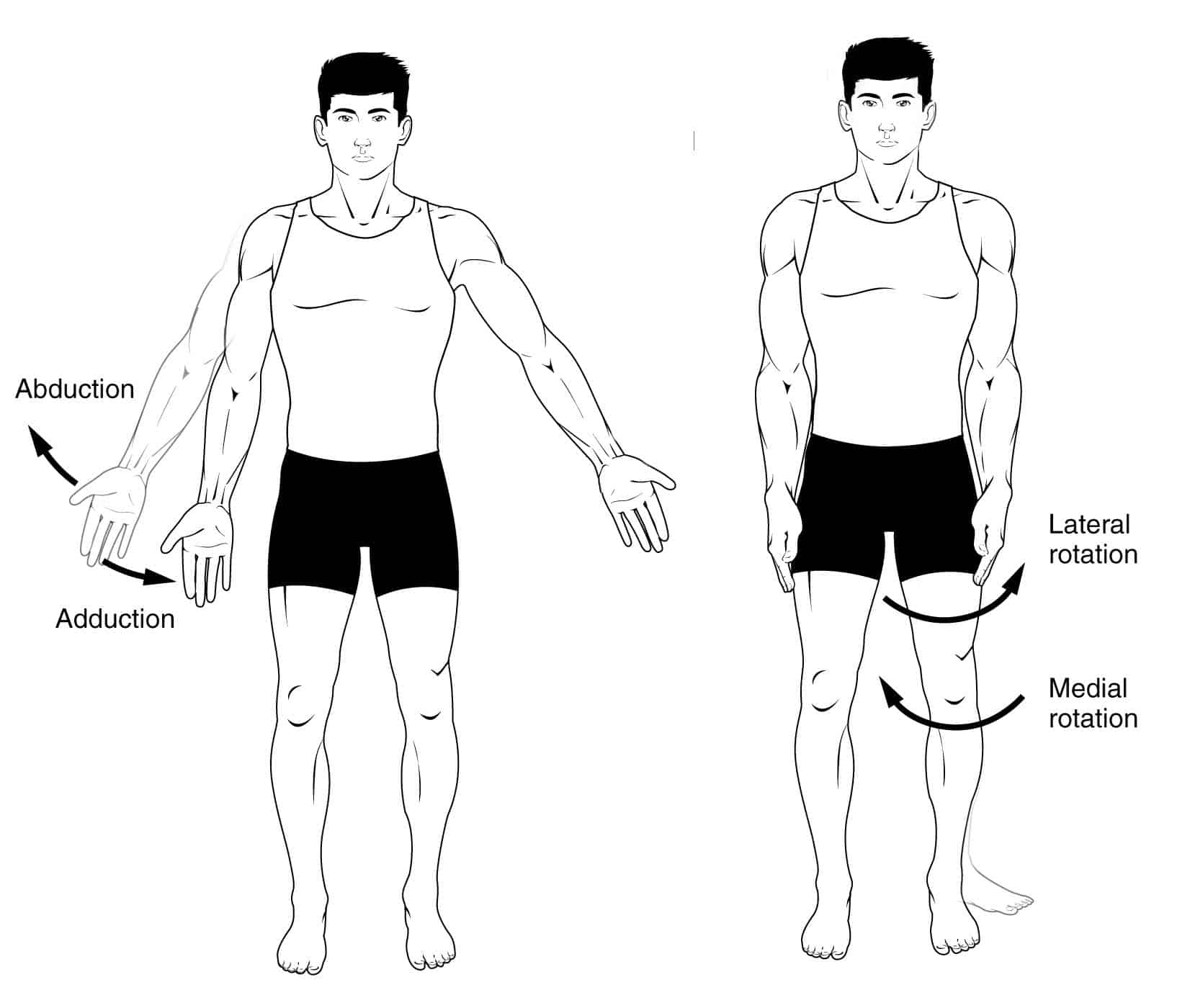
Anatomical Terms of Movement - Flexion - Rotation - TeachMeAnatomy

Muscles of the rotator cuff | Human Anatomy and Physiology Lab (BSB 141)
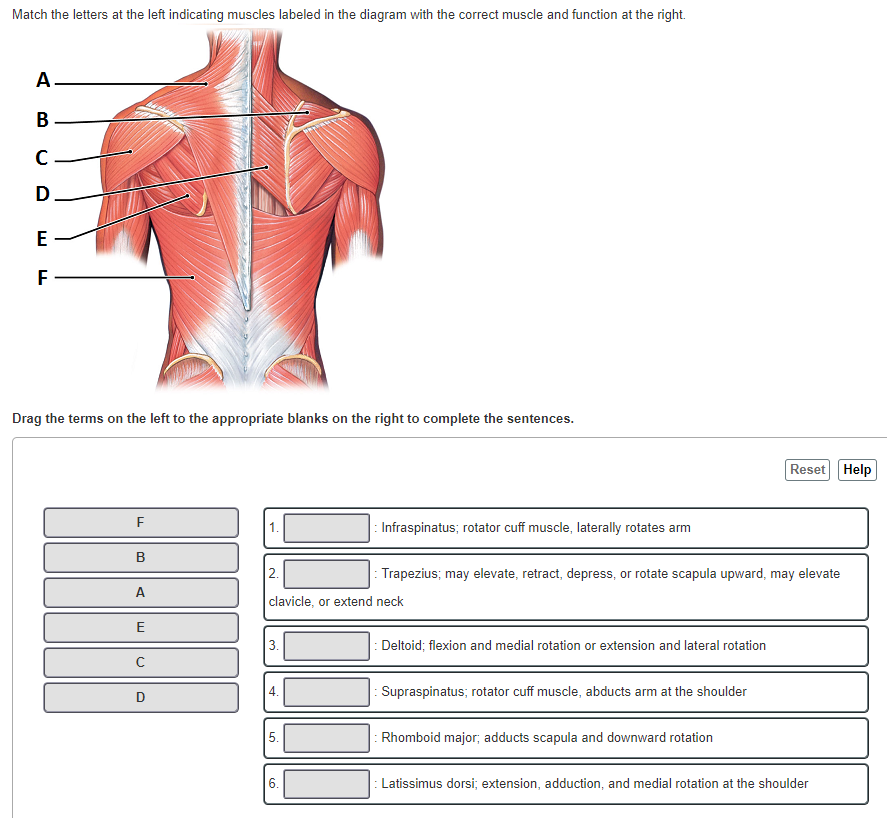
Solved: Match The Letters At The Left Indicating Muscles L... | Chegg.com
/shoulder_pain_medreview-01-5c3b9f8546e0fb0001bdeaaa.png)
Shoulder Pain: Causes, Treatment, and When to See a Doctor
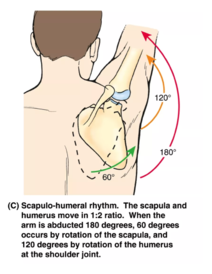
Scapulohumeral Rhythm - Physiopedia

The Painful Shoulder: Part I. Clinical Evaluation. - American Family Physician

Shoulder Muscles: Anatomy, Support & Movement - Biology Class (Video) | Study.com
![2. shoulder joint & its applied anatomy 07[1] 2. shoulder joint & its applied anatomy 07[1]](https://image.slidesharecdn.com/2-shoulderjointitsappliedanatomy-071-100602035807-phpapp01/95/2-shoulder-joint-its-applied-anatomy-071-21-728.jpg?cb=1275451216)
2. shoulder joint & its applied anatomy 07[1]
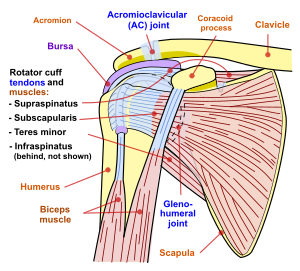
Shoulder impingement syndrome - Wikipedia

Shoulder exercise - Lateral rotation in standing - YouTube
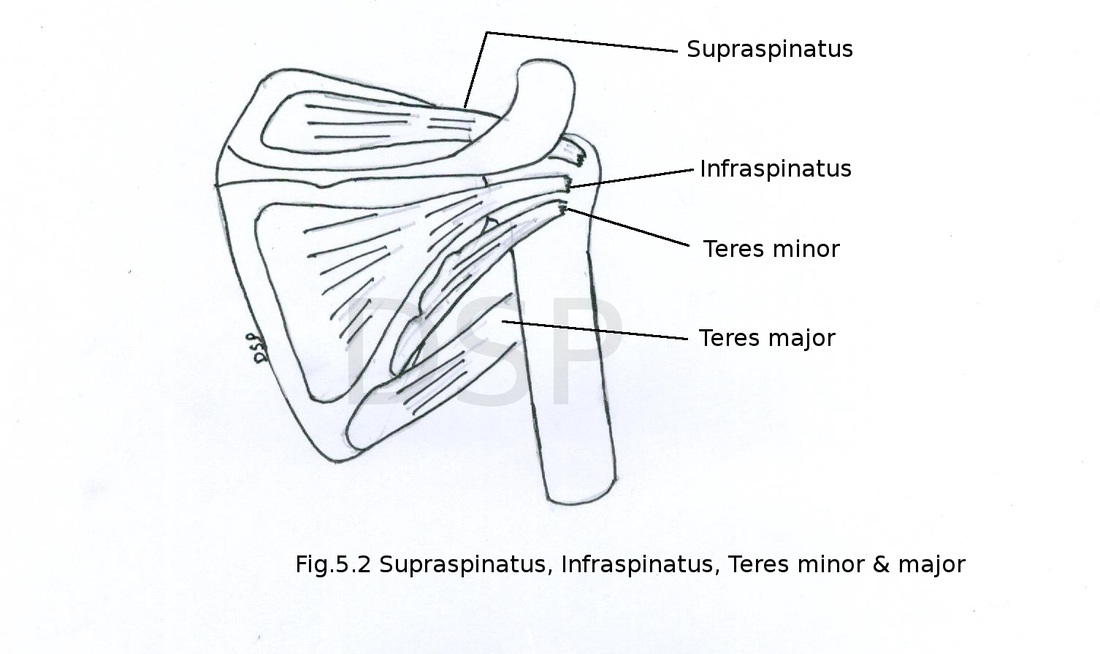
Scapular region - myhumananatomy

Scapulohumeral Rhythm from physiotutors. It always amazes me how much movement occurs at both the AC and the SC… | Massage therapy, Muscle anatomy, Physical therapy
internal shoulder rotation on serve | Talk Tennis

Muscle actions for the shoulder | Muscle, Shoulder, Rotating

Rotator Cuff Flashcards | Quizlet

Arm Medial and Lateral Rotation - YouTube
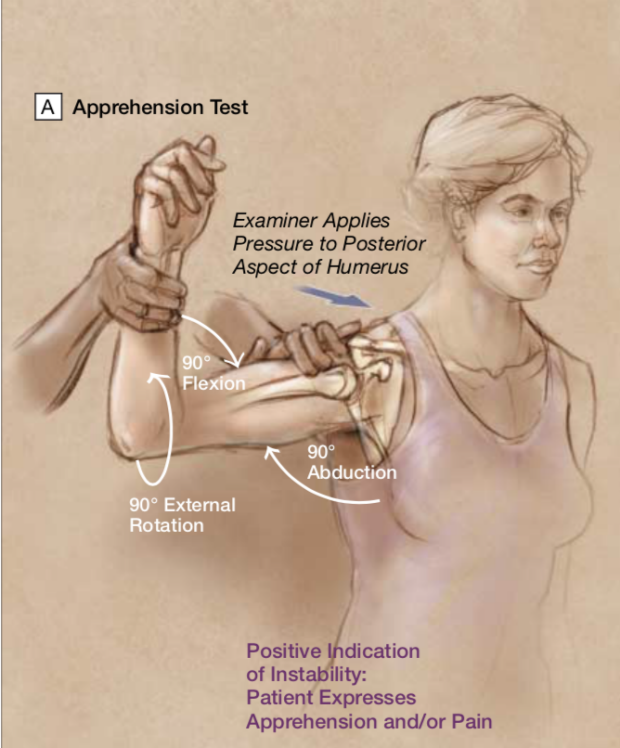
Shoulder Exam | Stanford Medicine 25 | Stanford Medicine

shoulder – Anatomy Exhibits
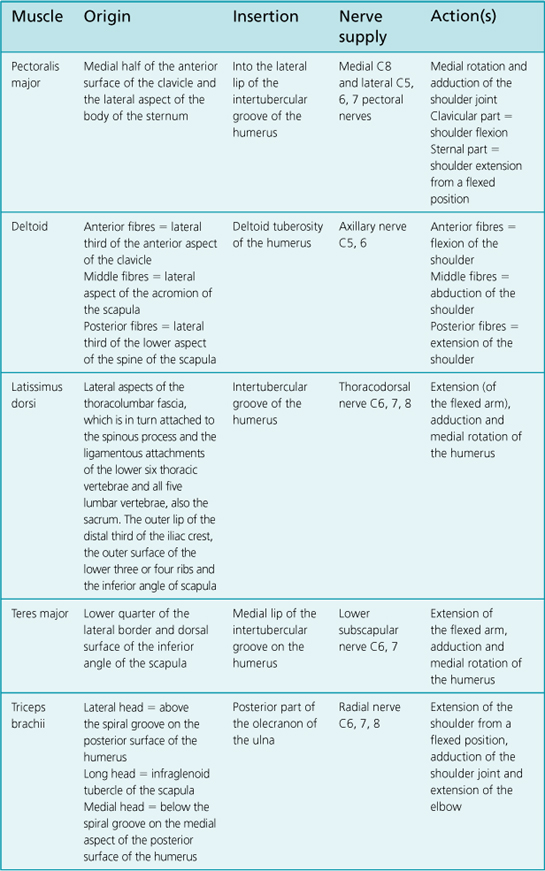
shoulder joint | Musculoskeletal Key
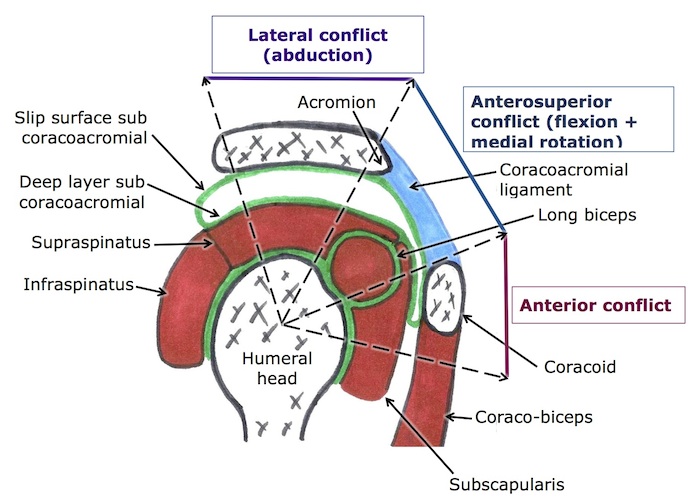
Shoulder pain by Impingement of the rotator cuff: Osteopathy
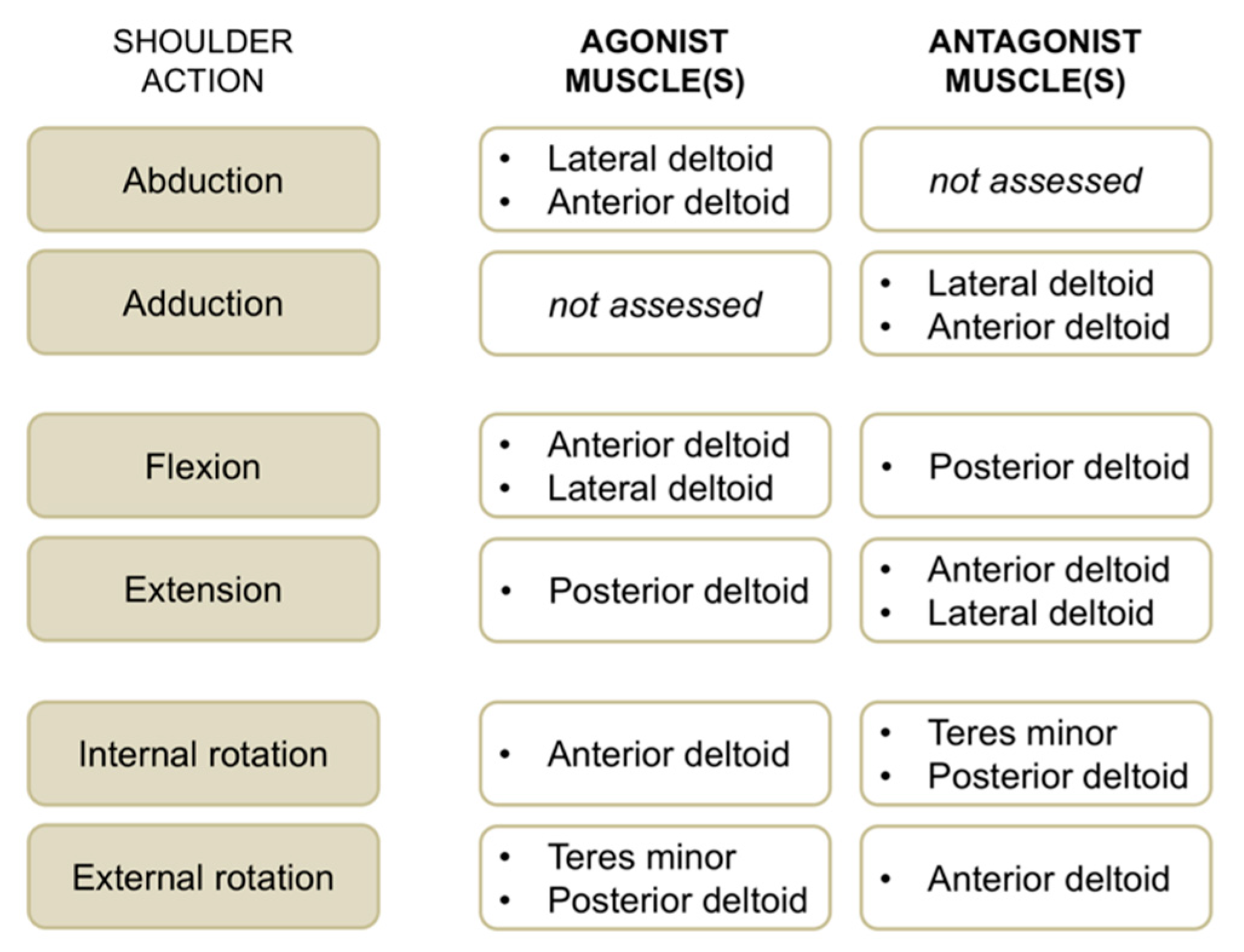
JCM | Free Full-Text | Shoulder Muscle Strength and Neuromuscular Activation 2 Years after Reverse Shoulder Prosthesis—An Experimental Case Control Study | HTML

The Painful Shoulder: Part I. Clinical Evaluation. - American Family Physician
The shoulder: joint structure, movements and muscles
Posting Komentar untuk "lateral rotators of shoulder"